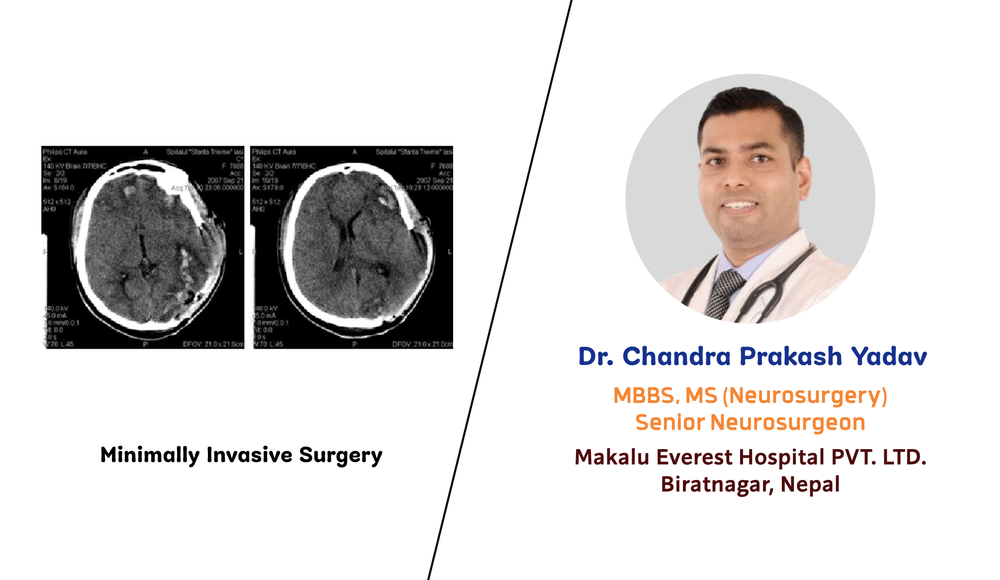Understanding Traumatic Brain Injury with Polytrauma
Traumatic Brain Injury (TBI) is a significant public health concern, often resulting from incidents like falls, motor vehicle accidents, and sports injuries. When TBI occurs alongside other serious injuries, it is referred to as polytrauma. This complex condition presents unique challenges in diagnosis, treatment, and rehabilitation. As a medical professional dedicated to advancing trauma care, I aim to shed light on the intricacies of TBI with polytrauma and the comprehensive approach required for optimal patient outcomes.
What is Traumatic Brain Injury?
Traumatic Brain Injury occurs when an external force causes damage to the brain. The severity can range from mild (concussion) to severe, potentially leading to long-term complications or death. Symptoms vary widely, including physical, cognitive, emotional, and sleep disturbances. Common causes of TBI include:
- Falls: Especially common among the elderly and young children.
- Motor Vehicle Accidents: A leading cause of TBI in adults.
- Sports Injuries: Particularly prevalent in contact sports.
- Violence: Including assaults and gunshot wounds.
Understanding Polytrauma
Polytrauma refers to the condition of a person who has sustained multiple traumatic injuries, which can include a combination of injuries to the brain, spine, limbs, and internal organs. The presence of polytrauma complicates the clinical picture, making the management of such patients more challenging. The interplay between multiple injuries can exacerbate the overall severity and complicate the treatment process.
The Interplay Between TBI and Polytrauma
When TBI occurs as part of polytrauma, the patient's prognosis is often worse than with isolated TBI. The additional injuries can lead to complications such as:
- Hemorrhagic Shock: Severe blood loss from other injuries can compromise brain perfusion.
- Hypoxia: Respiratory injuries can reduce oxygen supply to the brain, worsening the TBI.
- Infection: Open fractures and other injuries increase the risk of infections, which can impact brain recovery.
- Systemic Inflammatory Response: Multiple injuries can trigger a systemic inflammatory response, potentially exacerbating brain injury.
Diagnosis and Initial Management
The diagnosis of TBI with polytrauma requires a thorough and multidisciplinary approach. Initial management focuses on stabilizing the patient and preventing secondary brain injury. Key steps include:
- Primary Survey and Resuscitation: Following the Advanced Trauma Life Support (ATLS) protocol to identify and treat life-threatening conditions.
- Imaging: CT scans and MRIs are crucial for assessing brain injuries and other traumatic injuries.
- Monitoring: Continuous monitoring of vital signs, intracranial pressure, and oxygenation levels.
Treatment Strategies
Effective treatment of TBI with polytrauma involves a coordinated approach from a multidisciplinary team, including neurosurgeons, trauma surgeons, orthopedic surgeons, and critical care specialists. Key treatment strategies include:
- Surgical Intervention: Addressing life-threatening injuries such as intracranial hematomas, fractures, and internal organ damage.
- Medical Management: Administering medications to control intracranial pressure, prevent seizures, and manage pain.
- Rehabilitation: Early and intensive rehabilitation to improve functional outcomes. This includes physical therapy, occupational therapy, and speech therapy.
Rehabilitation and Long-Term Care
Rehabilitation is a critical component of recovery for patients with TBI and polytrauma. The goals of rehabilitation are to maximize functional independence, improve quality of life, and address cognitive, emotional, and physical deficits. Long-term care often involves:
- Individualized Rehabilitation Plans: Tailored to the specific needs of the patient, focusing on areas such as mobility, communication, and daily living activities.
- Family and Caregiver Support: Educating and involving family members in the care process to provide a supportive environment for the patient.
- Follow-Up and Monitoring: Regular follow-up appointments to monitor progress, adjust treatment plans, and address any emerging issues.
Conclusion
Traumatic Brain Injury with polytrauma presents a complex and challenging medical condition requiring a comprehensive and multidisciplinary approach. By understanding the unique aspects of TBI within the context of polytrauma, healthcare professionals can better address the needs of these patients, ultimately improving their outcomes and quality of life. As we continue to advance our knowledge and treatment strategies, collaboration among medical disciplines remains crucial in providing the best possible care for individuals suffering from these severe injuries.




